
| Home | |
| Liveaboard Sailing Barge |
| Sailing Barge - retirement boat These are some early drawings of a liveaboard sailing barge. Main requirement was lots of space and large areas of standing headroom. Other requirements are ability to cruise coastal waters to relocate on occasion. Simple lines and ease of construction were also desirable. Shoal draught permits access to sandbanks, shallows, beaches etc. Total weight including ballast is 6000kg. Some of the ballast can be a steel 'keel', this adds a little for stability, but adds protection from grounding and also a degree of structural strength. 2cm steel plate is relatively cheap, and extra draught is minimal. The steel keel would have to be protected by fiberglass/epoxy/thin layer of hardwood to minimise scratching which leads to corrosion. The overall dimensions are 33ft x 10ft Key Features
Disclaimer-Philosphy-Changes etc These sketches are my first attempt, a mere early draft. Lines in topview came from Chappelle's 22ft sailing scow, stretched 150 percent. The philosophy was heavily influenced by the sailing vessel Luna by the Zeigers's and their Triloboats website. This sailing barge I think is a little more seaworthy than their Luna sharpie, the downside is that it is more complicated to build. My thinking was that many liveaboards are yachts that are cramped for space. Yachts tend to be heavily influenced by the need to safely travel far offshore. This design is less seaworthy though should still be able to do coastal passages. The upside is that interior comfort is much much better. The design is heavily influenced by the shallow draught dutch sailing barges Keeping topweight low is a difficult. My idea was to make a flat floor area, and have all surfaces lead upwards from this. Ballast in under the floorboards. The idea being to keep the center of gravity as low as is possible in a shallow draught design. Shallow draught means maintenance can be done on sandbanks, with the boat tipped over on its side at low tide and the bottom scraped, no expensive boat lifts. Ballast is a combination of concrete blocks and a steel grounding skeg. As noted this is my first draft, and thus is not perfect. Changes I am thinking of are making the bow a fraction narrower and the stern a fraction beamier. Additionally I have to show rig details, as well as internal layout details. As to what would be suitable scantlings for framing, this I would have to ask advice on, my best guess at this moment is 2x4 frames on 24 inch centers. I dont know is this is too much or too little. Stability Here I will go a little into my thinking, perhaps too many words, not enough facts, but that as it is, here we go. My basis for stability is the AS29 Advanced Sharpie by Phil Bolger. Now I could copy this knowing that it is an ocean capable vessel. The downside is that the designer had to keep topweight low because there was no deep keel. Because I want standing headroom, as opposed to sitting headroom, that means more topweight. So how do I add more stability. Firstly I can add more form stability my increasing beam from 8ft to 10ft. Secondly the chine lowers the boat a little, (less floatation at waterline) meaning the extra beam does not come into play until the boat heels. Additionally by sitting the boat a little lower and having a few inches extra draught, ultimate stability is improved a little. All the same, I am not sure I would want to take for an ocean crossing, but for coastal passages it should be fine Hull flare for stability Now the Phil Bloger AS39 has no flare, shallow draught, a flat bottom and yet it has done an Atlantic crossing. I am a bit more conservative and think that hull flare adds stability at high angles of heel. Additionally a narrower bottom panel means less surface area for waves to push against in a knockdown. Thus an AS39 with a bit of flare, a bit more draught for lower ballast location seems the ideal. Note that all boats on this page have hull flare, the AS39 excluded. Please note that I have recieved an email from the owners of the Bolgeresque Luna sharpie after the Zeiger's. Although there were no incidents, however there was the concern of what would happen it if was pushed over too hard, would it come back up? Maybe a bit of flare would fix those concerns, be they real or imagined. |
| Attempt 1 |
| Attempt 2 |
| Other Inspiration, Howard Chapelle, the Madrigal and Dutch Scows Other boats that could be used for inspiration are the Chapelle Scow and Dutch Scows. The Howard Chapelle Scow is 22ft long, so scaling up all dimensions by a factor of 1.5 would give a length of 33ft. Lines and offsets are in Howard Chapelle's book. Next come some dutch scows. These have the advantage of being seaworthy and shoal draught. Notice the blunt bow, referred to as 'cods head and mackerals tail', this traditional hullform may not be quite as fast but it has the advantage of good tracking, and the blunt bow rises into steep waves instead of burying. Links for some sailing scows can be found here LINK 1 - Lines for several Dutch Scows LINK 2 - Dutch Scow Scale Plan LINK 3 - Dutch Scow Scale Plan LINK 4 - Dutch Scow Scale Plan LINK 5 - Excellent Scow Thread in woodenboat.com forum LINK 6 - The Madrigal Scow More information can be had by putting these words into a searh engine - cheepsbouwtekening van de zeeschouw zilvermeeuw - suggest using copy and paste as the spelling looks challenging |
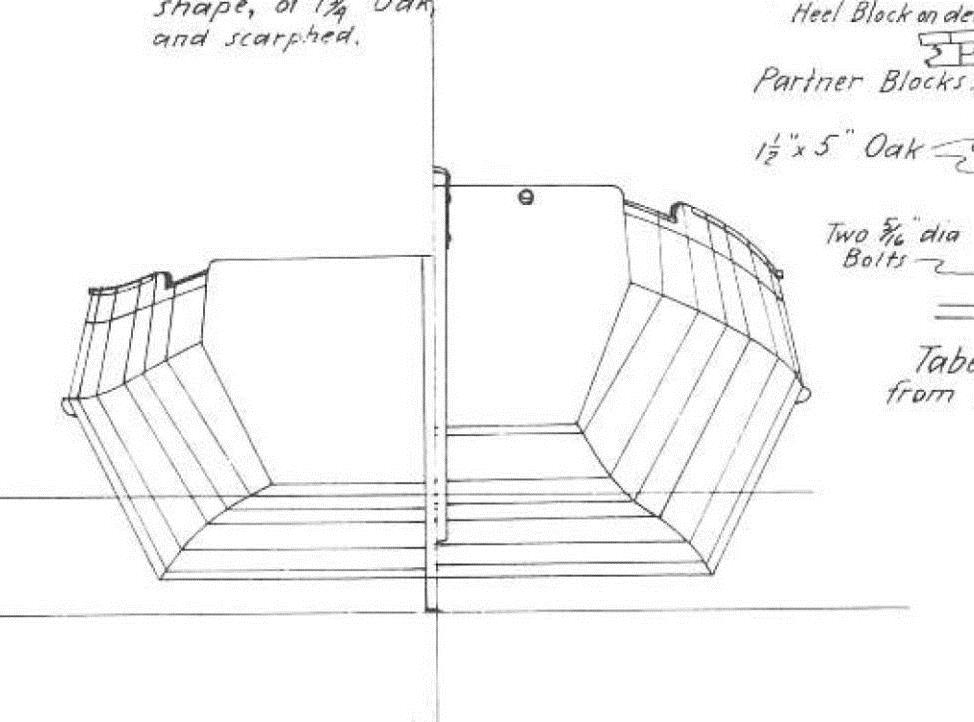 |
 |
 |
 |
 |
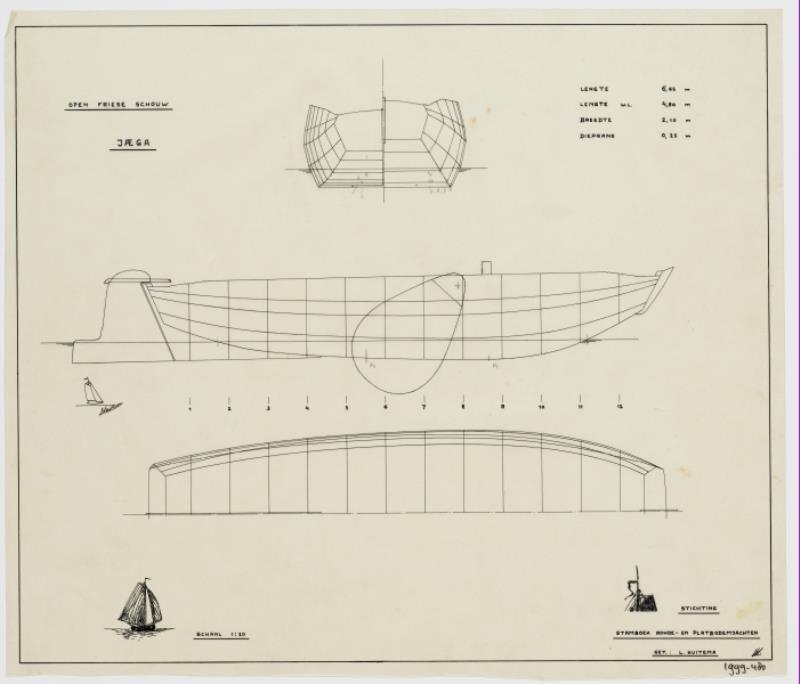 |
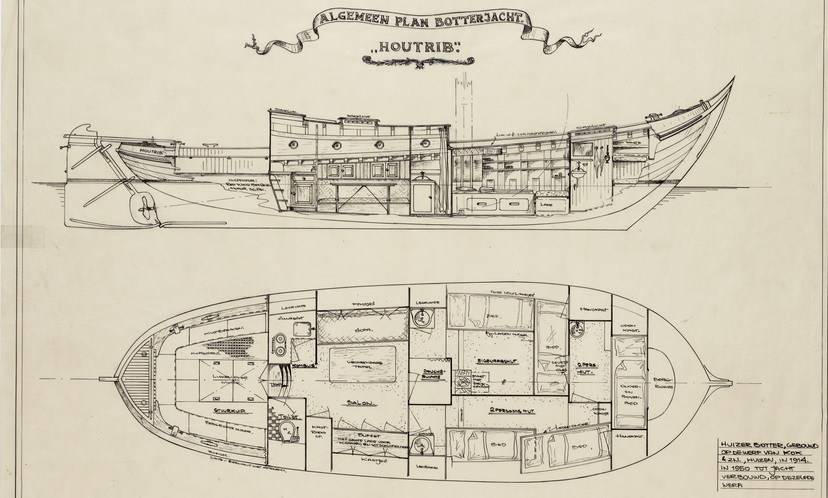 |
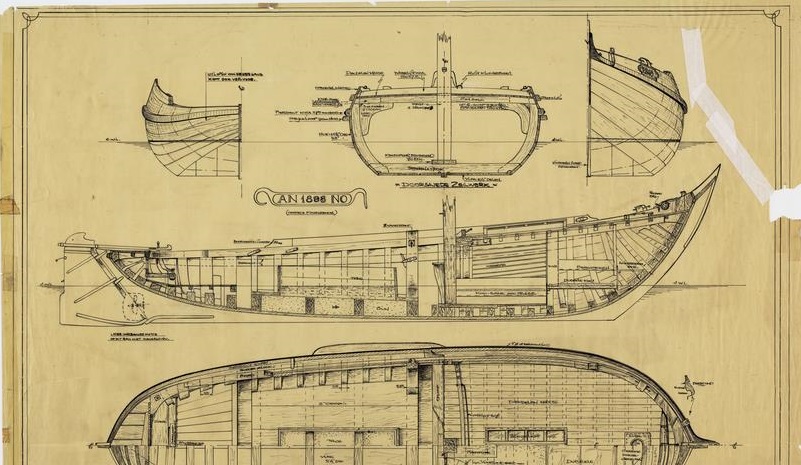 |
 |
 |
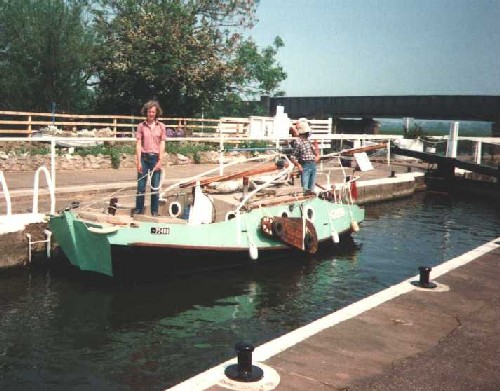 |
 |
| The boat I am trying to copy The boat that most impresses me is the Luna Sharpie by the Zeiger family of Alaska. It is a 31ft Sharpie which is a modification of Phil Bolgers AS29 design. I really like their board setups, leeboards with a rail to keep them in place. I ordered study plans late January 2014, hopefully I will learn a bit more about it. My hope is a larger vessel with more standing headroom, and possibly more seaworthiness. Downside of course will be longer build time, larger weights are more cost. The other vessel I really like is Tad Roberts 32ft Tilikum. It has small boards fore and aft to free up the center of the boat for space. Images of both boats are below. The Zeiger family is now moving onto very practical square boats called triloboats, links below Links to these craft are here LINK 1 - SV Luna LINK 2 - Tilikum 32 LINK 3 - Triloboats |
 |
 |
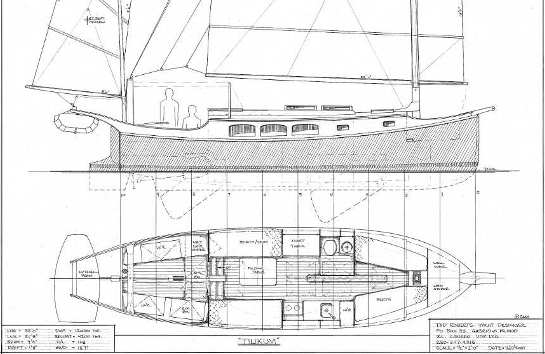 |
| Home |